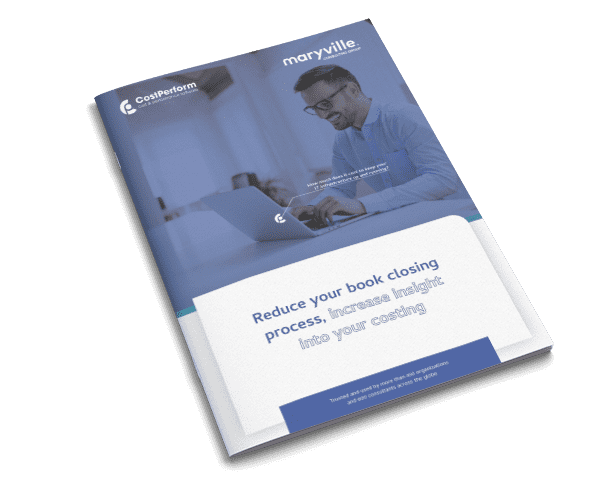Cost analysis is a process you can use to understand and evaluate different kinds of expenses of your company. It involves breaking down direct and indirect costs, identifying different factors that drive costs, and using different cost analysis methods. Cost analysis is important for optimizing efficiency and achieving financial goals. In our blog about cost benefit analysis, you can learn more about how it can help you grow your business.
Even though it is a great tool, it comes with its own challenges, like accurate cost allocation and hidden costs. In this blog, you’ll learn what the most common mistakes in using cost analysis are and how you can avoid them.
1. Ignoring Indirect Costs in Your Cost Analysis
Focusing solely on direct costs while disregarding indirect costs can result in an incomplete assessment of the overall expenses associated with a project or activity. Indirect costs, encompassing items like overhead and administrative expenses, wield a substantial influence on the profitability and financial viability of the endeavor. Neglecting these indirect costs can distort the financial landscape, potentially leading to incorrect decisions, inadequate resource allocation, and underestimated pricing which ultimately jeopardize the success and sustainability of the project or activity. Therefore, considering both direct and indirect costs is essential for achieving a comprehensive understanding of the financial implications and making well-informed financial decisions.
2. Avoidance Strategy
In order to implement a successful cost-saving strategy, it’s crucial to thoroughly consider both direct and indirect expenses in your analysis. Begin by crafting a comprehensive list of all potential expenses associated with the project or activity, leaving no room for oversight. This shouldn’t just encompass direct costs, but also the often overlooked indirect expenditures such as overhead and administrative costs, as well as any hidden expenses that might emerge during the course of the endeavor. To ensure precise allocation of indirect costs to specific activities or products, consider implementing an activity-based costing (ABC) system. ABC offers a sophisticated methodology for allocating overhead expenses. This is based on the actual consumption of resources by different project components, providing a more accurate reflection of the true cost structure. By embracing these practices, you can make informed decisions, prevent financial surprises, and enhance the overall financial health and success of your project or activity.
3. Not considering opportunity costs
Opportunity costs are a crucial financial concept, signifying the potential benefits that are sacrificed when opting for one choice over another. Neglecting to factor in these opportunity costs can result in a significant underestimation of the actual cost associated with a particular decision. In essence, it highlights the importance of considering not only the direct expenses, but also the unrealized gains that could have been obtained from an alternative course of action. By acknowledging and incorporating opportunity costs into decision-making processes, individuals and organizations can make more informed and comprehensive choices, ultimately leading to more effective resource allocation and decision outcomes.
4. Using incorrect data
Utilizing incorrect data poses a significant risk in the realm of cost analysis. Relying on inaccurate or outdated information can lead to erroneous outcomes, compromising the credibility of cost evaluations. To maintain the accuracy of calculations and the validity of conclusions, it is imperative to diligently collect reliable and up-to-date data. By doing so, individuals and organizations can bolster the quality of their decision-making processes, reducing the chances of making ill-informed choices based on erroneous information. Accurate data forms the bedrock upon which sound financial planning and analysis are built, ultimately contributing to more effective resource allocation and strategic decision-making.
5. Misinterpreting cost-volume-profit relationships
Misinterpreting cost-volume-profit relationships, particularly in the context of break-even analysis, can have profound implications on decision-making within a business. Such misinterpretations can result in ill-advised choices regarding pricing strategies, production levels, and – ultimately – overall profitability. Accurate comprehension of these relationships is essential because it directly informs critical decisions. For instance, misjudging the break-even point might lead to setting prices too low, jeopardizing profitability, or incorrectly estimating production levels, which can affect resource allocation and operational efficiency. Therefore, a thorough understanding of cost-volume-profit dynamics is paramount for making informed decisions and optimizing financial outcomes in business operations.
